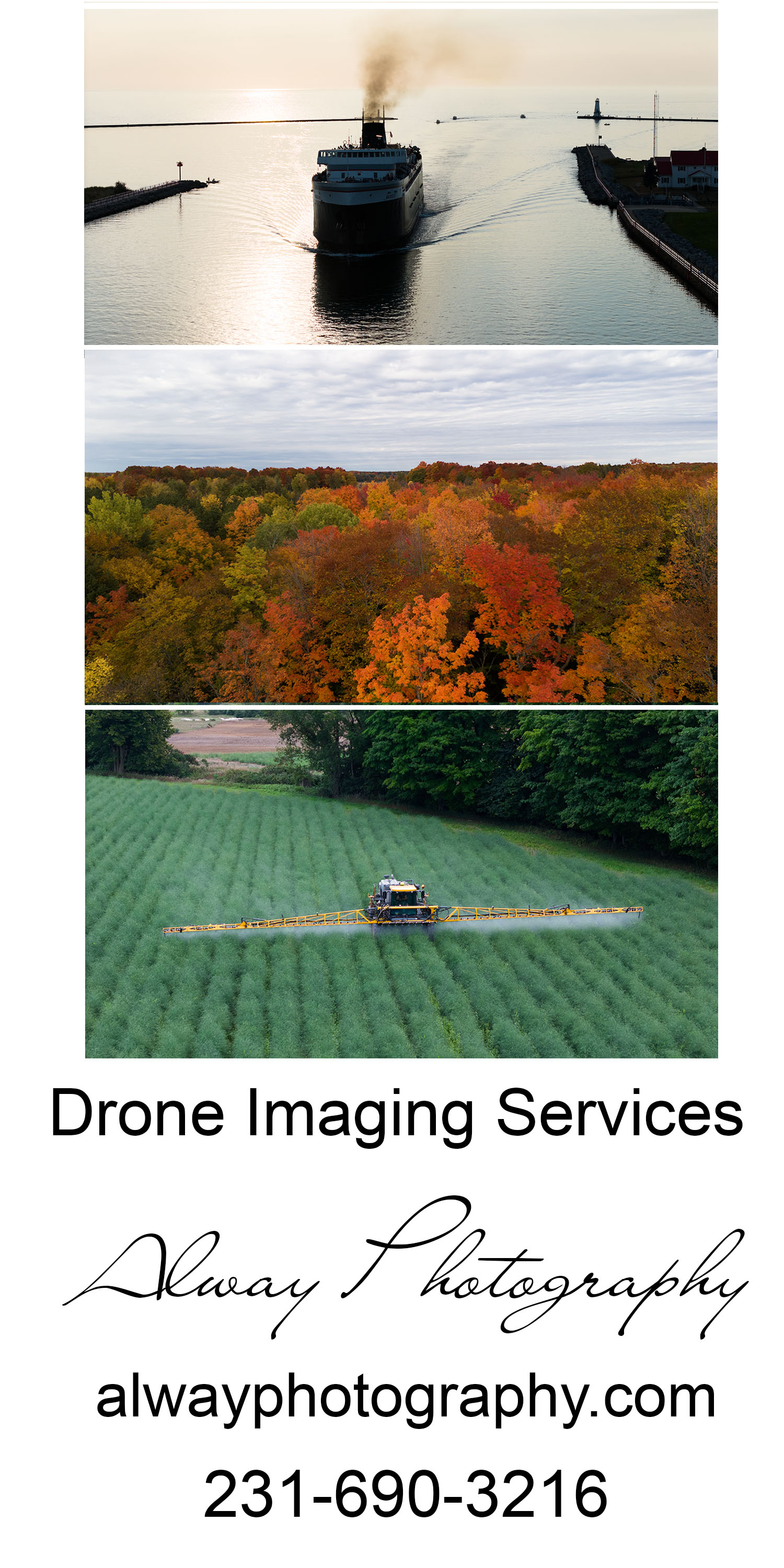 By Kate Krieger. MCP Senior Correspondent.
By Kate Krieger. MCP Senior Correspondent.
As a native of Ludington, I thought it would be a great idea to feature many area businesses that I had either grown up with or businesses that I had become familiar with in the more recent years of my life. I wanted to promote what the businesses had to offer the local area in a series I call “Locally Made.”
Seeing that I was a local, I figured I probably already knew a lot of what these places offered to locals and tourists alike. Boy, was I wrong. Being a local doesn’t mean much unless you really take the time to get to know your own community, so I’m finally taking the time to get to know my community and what it offers the rest of the world….
SUMMIT TWP. – If there’s one thing I don’t claim to know much or anything about, it’s wine. My extensive knowledge is as follows: I know there are reds and whites and there is something to do with where ever the wine came from might be how it gets its name. That’s all I know. I could throw around terms like “woody” and “earthly” and “notes” and swirl the wine around in whatever glass they give me because I believe there’s something to that as well, but I would still look like a complete amateur and end up “pairing” my selection with the wrong foods and then eventually spill it on my shirt. Needless to say, I’m no connoisseur, but it is totally something I’d like to know more about.
I head to Jomagrha Vineyards and Winery, located at 7365 S. Pere Marquette Highway, just north of Pentwater. One may think that Jomagrha, pronounced Joe-Ma-ga-ra, is a different name for a winery. The name stems from the owners, John and the late Mary Sanford’s family names, the “Jo,” for John; “Ma,” for Mary; “Gr,” for their son Graham and “Ha,” for their son Harry.
“It’s the first two letters of each of our names,” John says. “I came up with it on a whim. Most people think it’s some type of foreign name.”
I meet up with John and Harry at the winery to basically get educated on all things wine and how they do things around their winery. I knew that it seemed like a lot of work to run a winery, but I guess I didn’t really know how much work it truly was, especially when it is basically two people doing the majority of the work.
Jomagrha opened its doors in 1999 and produces wines from a variety of French hybrid grapes, American and French hybrids and the more common Bordeaux and Burgundy vinifera varieties. Vinifera is a common European grape.
John says the winery is actually based on a project he completed many years ago.
“It started as a science project in the eighth grade,” he says. “I made a little bit of wine, not knowing what I was doing. I picked it back up as a hobby many years later.”
In 1989, John planted a few vines and everything started to take shape.
The winery offers about 50 percent French-American based wines and about 50 percent vinifera varieties. A lot of the younger generation of wine drinkers come in looking for the sweeter varieties of wines, which can be a way to get acquainted with wine in general, John says.
“The month of June is when young families have a higher demand for the sweeter wines. Those wines can be a new and attractive way into the wine world. The sweetness leads you in and then other wines become more appealing in a dryer way.”
The grape growing season for Jomagrha comes in three parts. There is an early season, which runs from early to mid-September, the mid-season, which is mid-September to mid-October and then the late season which runs from mid-October until around Halloween. John says that the mid-season usually produce the majority of his grapes and tend to produce a better wine. At times, the late season grapes may not even make it to full ripeness, leaving them to be unused during certain years.
Jomagrha does not produce all of its grapes right on their own property. Four different farms located in Mason and Oceana counties also produce a large number of the grapes used to make the wine Jomagrha produces and sells.
Depending on the time of year and the location of the farms, the grapes can become ripe at different times, leaving it harder for John to judge when and what grapes he can use at what times. Jomagrha is located closer to Lake Michigan than the other four farms, making the weather off the lake an issue at times. Cooler weather can equate to a smaller harvest, yet the lake can also provide a warmer stream of air in the cooler months, speeding up Jomagrha’s grape harvest at faster pace than those harvests of the more inland farms. When the weather is still warm, John can experience some hardships to get the maximum amount of harvest grapes from the four out-county farms and Jomagrha itself.
“I’m constantly trying to hold them off because we are not ready here,” he says.
Volunteers and farm owners pick the grapes during the weekends starting Sept. 20 through October.
“The grapes will be brought in by Sunday night,” John says. “We will weigh and crush them on Monday.”
The white grapes are immediately pressed and they are not left on the skin long because they can take on a stem-like taste.
“The whites are more delicate,” John says. “We can be more rough with the reds.”
They check for pH acid, sugar and temperature and then they pick out what yeast they will start the fermentation process with and then the fermentation starts. The time from crushing until the time wine is actually drinkable can last up until 30 days.
Jomagrha has 22 varieties of wine this season, ranging from eight dry reds to six sweet whites and basically everything that falls in between.
The main season for visitors to Jomagrha is early June until Mid-September. John states that he tries to have many of the varieties for purchase right at the beginning of the tourist season because the season is small and they rely on the sales of the product.
Visitors can do wine tasting and purchase bottles or cases of wine right on site at Jomagrha and they are open daily from noon to 6 p.m. through September.
They can also be found online at www.jomagrha.com or by calling 231-869-4236. They currently do not offer online sales, but John says it’s something they are looking into possibly for the future. Their wine can also be purchased on P.M. Expeditions, just south of the P.M. River on the corner of Iris Road and Pere Marquette Highway in Ludington.
“My favorite part of all of this is the people who walk through the door,” John says.
I believe that John made a great point as I leave Jomagrha. He says a lot of the larger wineries can be very intimidating to people who don’t really have an understanding about wine or to those who are just new in their own discovery of wine. I couldn’t agree more. I walked into Jomagrha basically knowing nothing about wine and I leave knowing a good basic knowledge and I didn’t feel embarrassed asking questions, which in my mind I thought to be sort of amateur and kind of dumb. John and Harry take the time to answer all questions and to make their customers feel welcome and on top of that, they offer a great product at a very good price. Bottles of wine range from $11.99 to $18.99. Who know that twenty-two different varieties of wine are made and can be purchased right here in Mason County?






























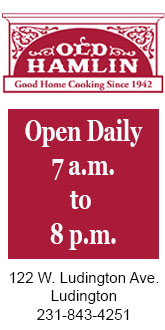
















.png)








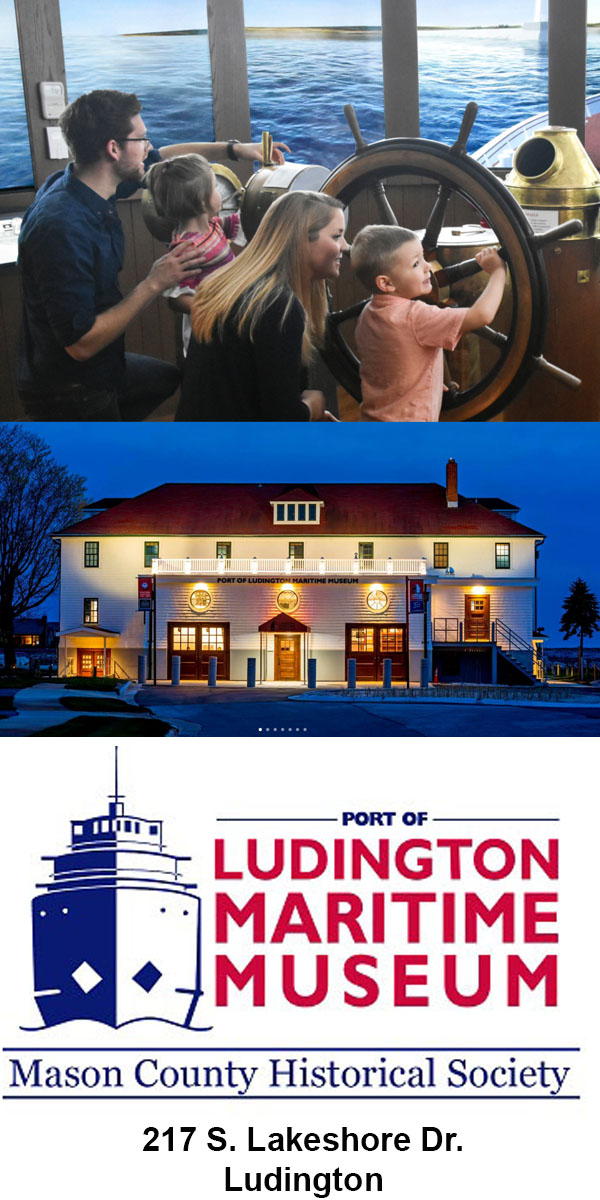



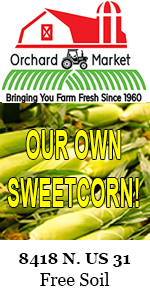
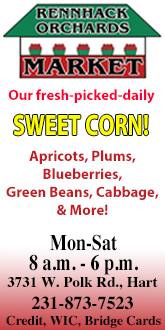
 (1).gif)



